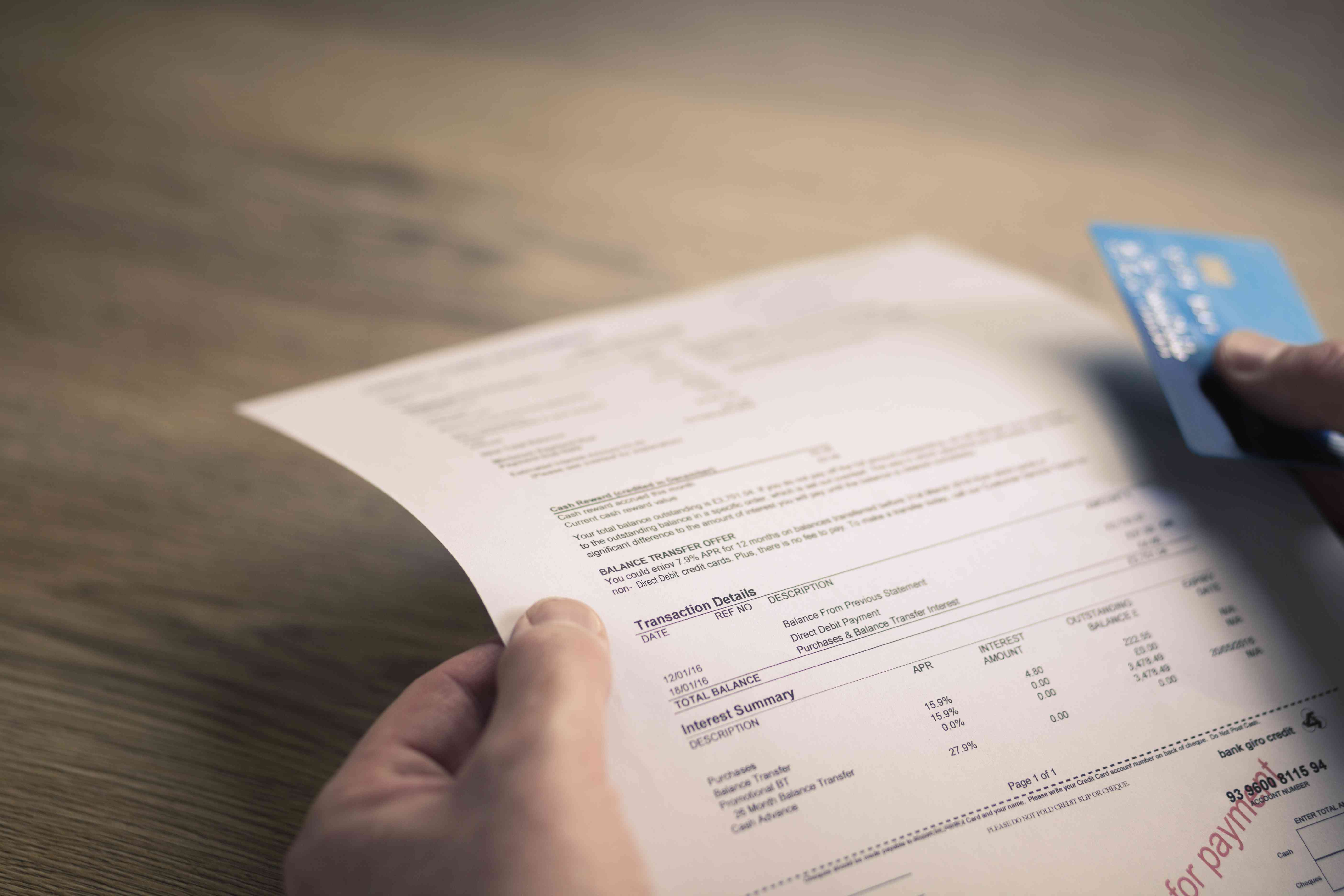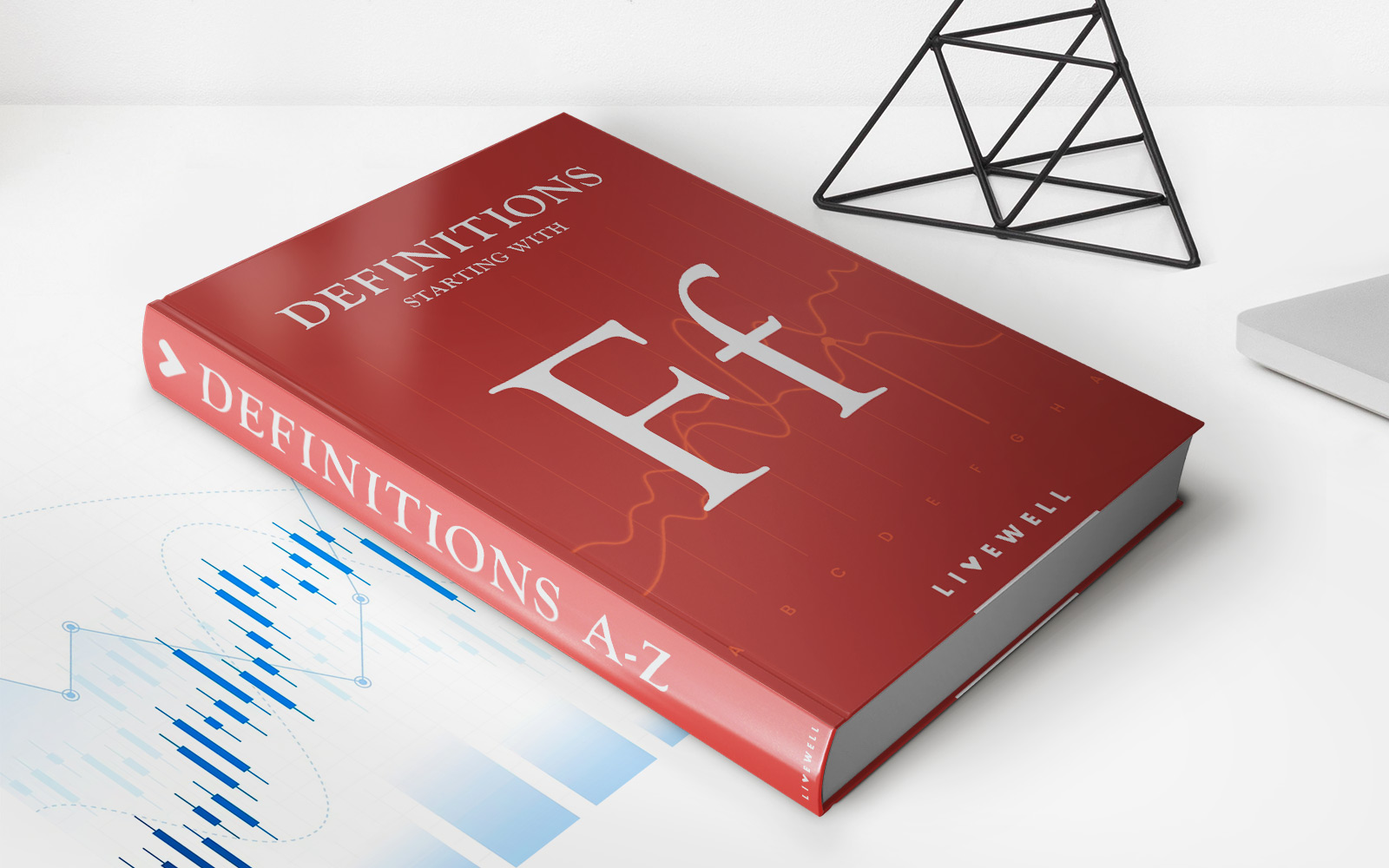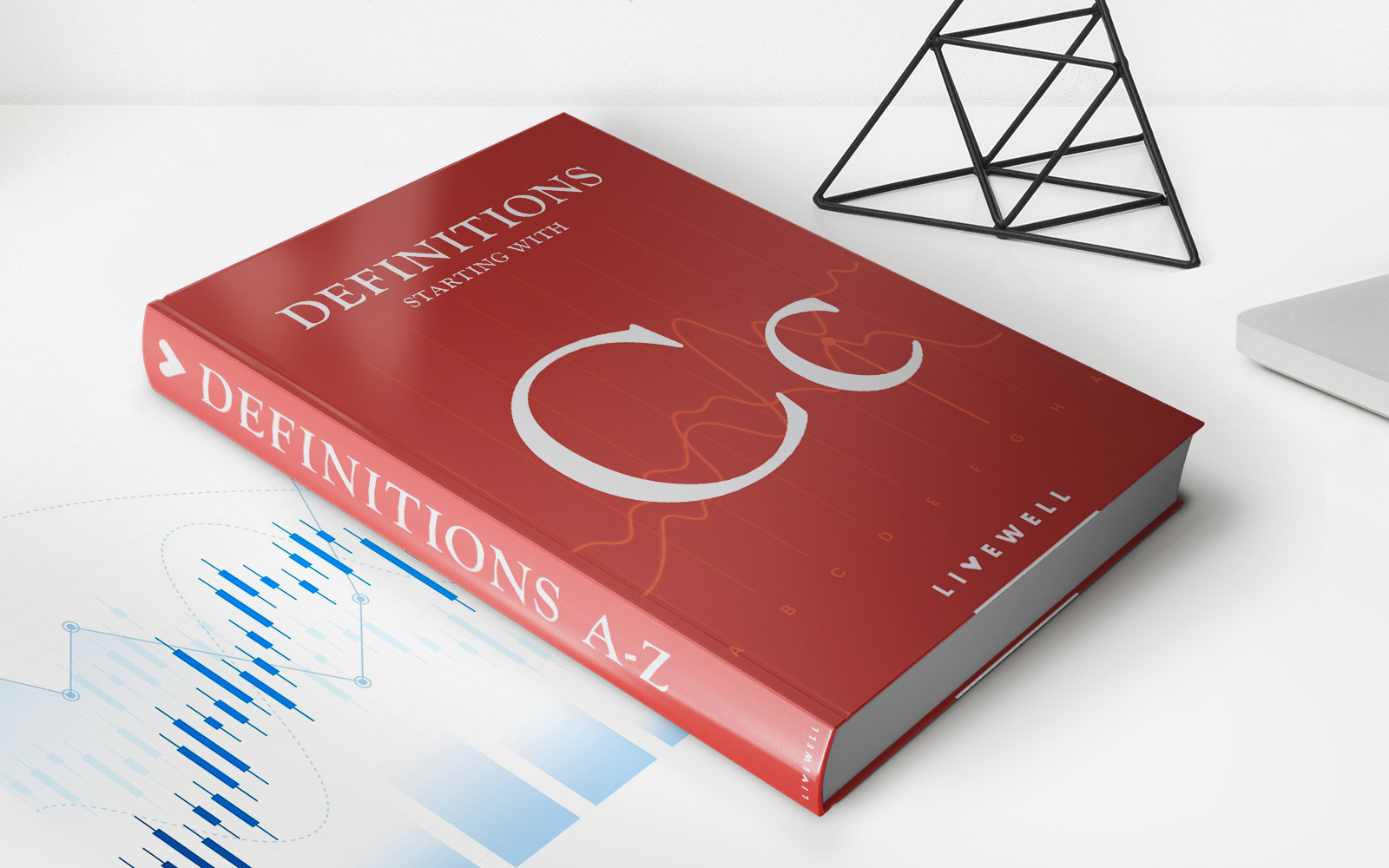Home>Finance>What Is The Minimum Payment Requirement For Student Loan Forgiveness


Finance
What Is The Minimum Payment Requirement For Student Loan Forgiveness
Modified: March 1, 2024
Learn about the minimum payment requirement for student loan forgiveness and how it impacts your finances. Find out more about managing your student loans.
(Many of the links in this article redirect to a specific reviewed product. Your purchase of these products through affiliate links helps to generate commission for LiveWell, at no extra cost. Learn more)
Table of Contents
Introduction
Welcome to the complex and often overwhelming world of student loans. As you navigate the terrain of higher education, it’s crucial to understand the financial implications of borrowing money to fund your studies. Student loan forgiveness has become a hot topic in recent years, offering a glimmer of hope to borrowers burdened by substantial debt. However, the path to loan forgiveness is riddled with conditions and requirements, one of which is the minimum payment obligation.
In this article, we will delve into the intricacies of student loan forgiveness and explore the minimum payment requirement. Understanding this aspect is vital for borrowers aiming to qualify for forgiveness programs, as it directly impacts their eligibility and the ultimate success of their loan forgiveness endeavors. We will dissect the concept of minimum payments, analyze their significance in the context of loan forgiveness, and shed light on the factors that influence these requirements. By the end of this journey, you will have a comprehensive understanding of how minimum payments intersect with the pursuit of student loan forgiveness.
Understanding Student Loan Forgiveness
Student loan forgiveness is a government program designed to alleviate the financial burden of borrowers with outstanding student loans. It offers a pathway for eligible individuals to have a portion or the entirety of their student loans forgiven, relieving them from the obligation to repay the remaining balance. This initiative aims to provide relief to individuals who have dedicated themselves to public service, nonprofit work, teaching, or other forms of community support, often in lower-paying professions.
There are several types of student loan forgiveness programs, each with its own set of eligibility criteria and requirements. The most well-known program is the Public Service Loan Forgiveness (PSLF) program, which forgives the remaining balance on Direct Loans after the borrower has made 120 qualifying monthly payments while working full-time for a qualifying employer. Additionally, there are forgiveness programs tailored for teachers, healthcare professionals, and individuals facing economic hardship.
It’s important to note that forgiveness is not automatic and typically requires meeting specific conditions, such as working in a designated field for a predetermined period. Understanding the nuances of each forgiveness program is essential for borrowers seeking to take advantage of these opportunities.
Minimum Payment Requirement for Student Loan Forgiveness
When pursuing student loan forgiveness, borrowers are often required to make minimum monthly payments on their loans. These minimum payments serve as a demonstration of the borrower’s commitment to repaying the debt and are a fundamental component of many forgiveness programs. The rationale behind this requirement is to ensure that borrowers fulfill their financial obligations while working toward forgiveness eligibility.
For instance, the Public Service Loan Forgiveness (PSLF) program mandates that borrowers make 120 qualifying monthly payments while employed full-time by a qualifying employer. These payments must be made under a qualifying repayment plan, which typically includes income-driven repayment plans such as Income-Based Repayment (IBR), Pay As You Earn (PAYE), or Revised Pay As You Earn (REPAYE).
It’s important to understand that the minimum payment requirement is not a fixed amount but is determined based on the borrower’s income and family size. Under income-driven repayment plans, the monthly payment is calculated as a percentage of the borrower’s discretionary income. This ensures that the repayment amount aligns with the borrower’s financial capacity, making it more manageable, especially for individuals with lower income levels.
Meeting the minimum payment requirement is a crucial aspect of the journey toward loan forgiveness. It demonstrates the borrower’s adherence to the repayment terms and signifies their dedication to fulfilling the conditions set forth by the forgiveness program. Failure to make the required minimum payments may jeopardize the borrower’s eligibility for loan forgiveness, underscoring the significance of this obligation.
Impact of Minimum Payments on Loan Forgiveness
The impact of minimum payments on loan forgiveness is profound, as these payments are integral to the successful attainment of forgiveness benefits. By consistently meeting the minimum payment requirements, borrowers not only demonstrate their commitment to repaying their loans but also progress toward fulfilling the conditions for forgiveness.
One of the most significant impacts of making minimum payments is the accumulation of qualifying payments necessary for loan forgiveness. For instance, under the Public Service Loan Forgiveness (PSLF) program, borrowers must make 120 qualifying monthly payments while employed full-time by a qualifying employer to become eligible for forgiveness. Each on-time, full, scheduled payment made under a qualifying repayment plan counts toward the 120-payment threshold. Therefore, meeting the minimum payment obligation is a pivotal step in reaching the required number of qualifying payments.
Moreover, consistent adherence to the minimum payment requirement showcases the borrower’s financial responsibility and dedication to fulfilling the terms of the forgiveness program. It reflects positively on the borrower’s commitment to managing their student loan debt, which is a key consideration in the evaluation of eligibility for forgiveness.
Conversely, failing to meet the minimum payment requirement can have detrimental consequences for borrowers seeking loan forgiveness. Missed or insufficient payments may impede progress toward the required number of qualifying payments, potentially delaying or derailing the attainment of forgiveness benefits. Additionally, non-compliance with the minimum payment obligation could jeopardize the borrower’s eligibility for forgiveness, undermining the ultimate goal of alleviating the burden of student loan debt.
Therefore, the impact of minimum payments on loan forgiveness is twofold: it facilitates progress toward meeting the qualifying payment threshold and serves as a testament to the borrower’s commitment to the terms of the forgiveness program. Understanding and fulfilling the minimum payment requirement is essential for borrowers striving to leverage the benefits of student loan forgiveness.
Factors Affecting Minimum Payment Requirements
The minimum payment requirements for student loan forgiveness are influenced by several key factors, each playing a significant role in determining the amount that borrowers are obligated to pay. Understanding these factors is essential for borrowers seeking to comprehend the dynamics of minimum payments and their impact on the journey toward loan forgiveness.
1. Income and Family Size: Income-driven repayment plans, which are commonly utilized in conjunction with forgiveness programs, calculate the minimum payment based on the borrower’s income and family size. As income and family size fluctuate, so do the minimum payment requirements. Borrowers with higher incomes typically face higher minimum payments, while those with lower incomes may qualify for reduced payments, aligning with their financial capacity.
2. Repayment Plan Selection: The choice of repayment plan can significantly affect the minimum payment requirement. Income-Driven Repayment (IDR) plans, such as Income-Based Repayment (IBR), Pay As You Earn (PAYE), and Revised Pay As You Earn (REPAYE), calculate payments based on the borrower’s income, often resulting in lower minimum payments compared to standard or graduated repayment plans.
3. Outstanding Loan Balance: The total outstanding balance of the student loans also influences the minimum payment requirement. Higher loan balances may lead to higher minimum payments, particularly when calculated as a percentage of discretionary income under income-driven repayment plans.
4. Changes in Financial Circumstances: Significant changes in the borrower’s financial circumstances, such as a change in income or family size, can impact the minimum payment requirement. Borrowers are encouraged to promptly update their loan servicers with any relevant changes to ensure that their minimum payments accurately reflect their current financial situation.
5. Qualifying Employment Status: For forgiveness programs like Public Service Loan Forgiveness (PSLF), the borrower’s employment status with a qualifying employer is a critical factor. Meeting the employment requirements is essential for maintaining eligibility for forgiveness and, by extension, the associated minimum payment obligations.
Understanding these factors and their influence on minimum payment requirements is vital for borrowers navigating the landscape of student loan forgiveness. By comprehending the intricacies of these determinants, borrowers can make informed decisions and effectively manage their repayment obligations in alignment with their pursuit of loan forgiveness.
Conclusion
Embarking on the path to student loan forgiveness requires a comprehensive understanding of the minimum payment requirement and its implications. As borrowers navigate the intricacies of forgiveness programs, it becomes evident that meeting the minimum payment obligation is a fundamental component of the journey toward loan forgiveness. By consistently fulfilling this requirement, borrowers not only demonstrate their commitment to responsible loan repayment but also progress toward the accumulation of qualifying payments necessary for forgiveness eligibility.
Furthermore, the impact of minimum payments on loan forgiveness extends beyond mere financial transactions. It serves as a testament to the borrower’s dedication to fulfilling the terms of the forgiveness program, reflecting positively on their financial responsibility and commitment to managing their student loan debt. Conversely, neglecting the minimum payment requirement can impede progress toward forgiveness and jeopardize the borrower’s eligibility, underscoring the critical nature of this obligation.
Factors such as income, family size, repayment plan selection, outstanding loan balance, and qualifying employment status significantly influence minimum payment requirements, shaping the financial obligations of borrowers seeking loan forgiveness. Understanding these factors empowers borrowers to navigate the complexities of repayment and forgiveness, enabling them to make informed decisions aligned with their financial circumstances and goals.
In conclusion, the minimum payment requirement for student loan forgiveness is a pivotal aspect of the pursuit of relief from student loan debt. By comprehending its significance, adhering to the obligation, and considering the factors that influence minimum payments, borrowers can navigate the path to forgiveness with clarity and purpose, ultimately working toward the alleviation of the financial burdens associated with student loans.














